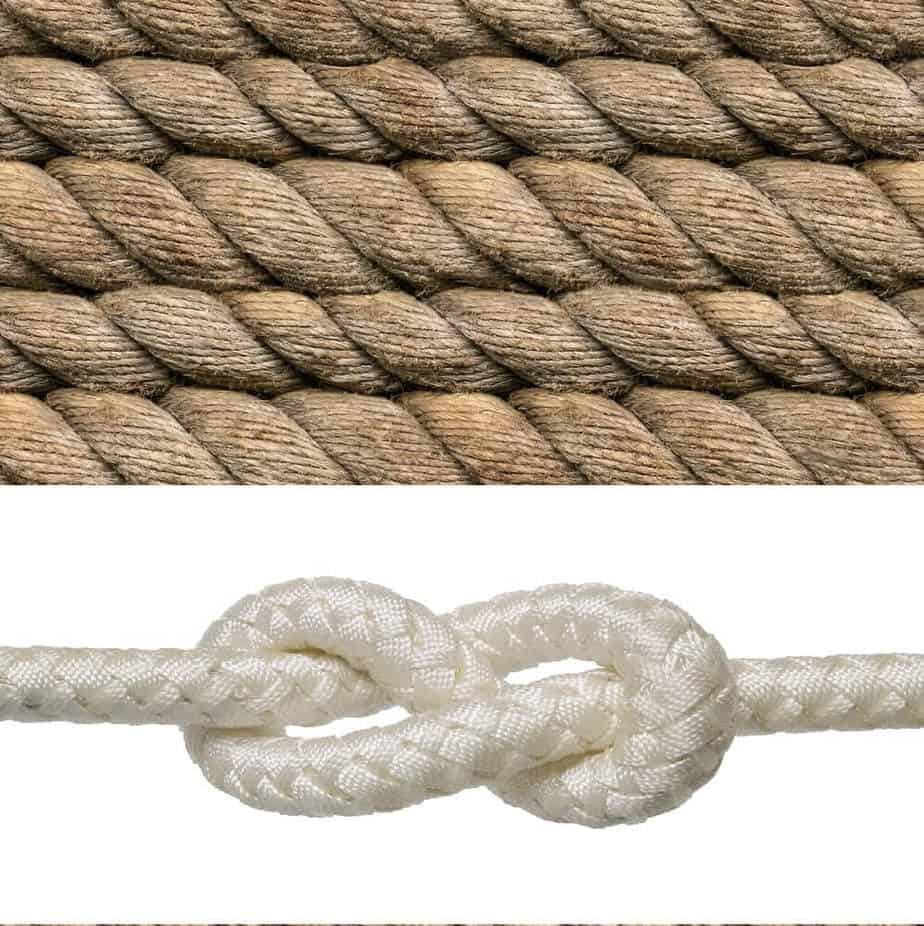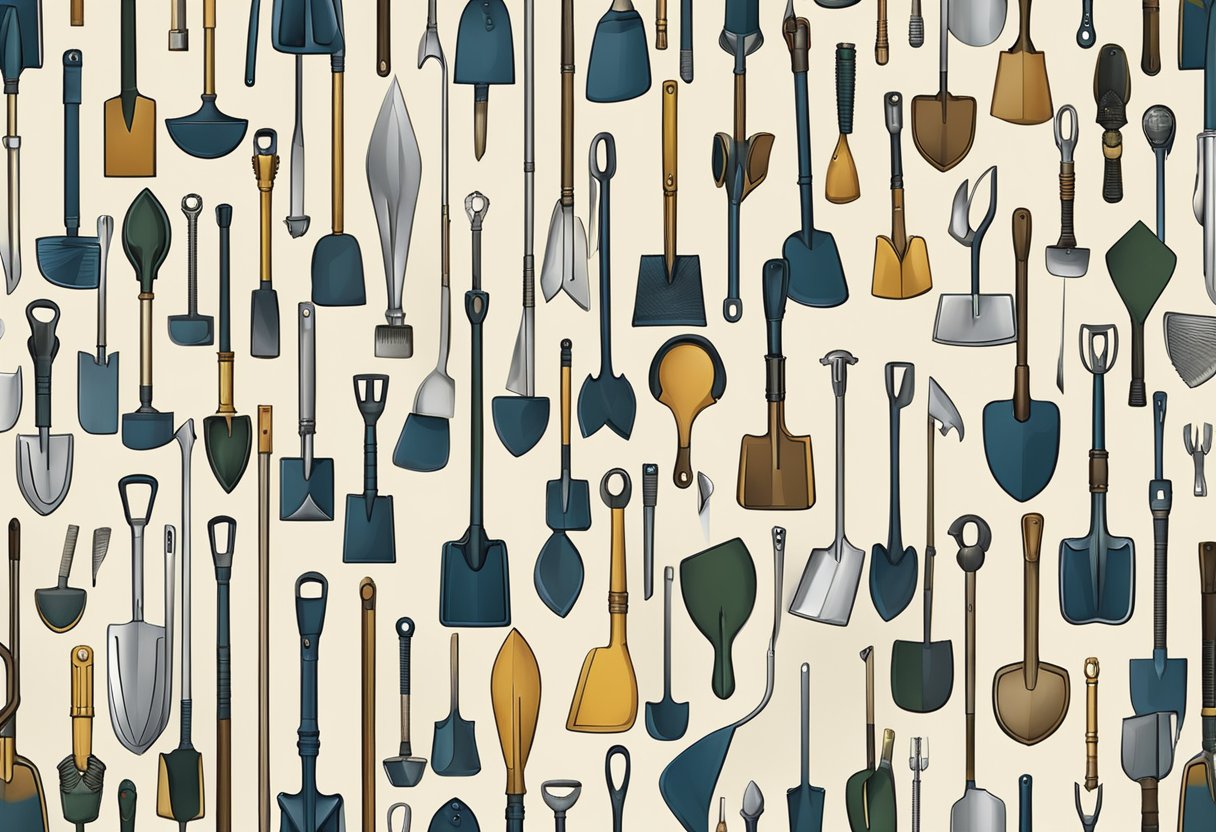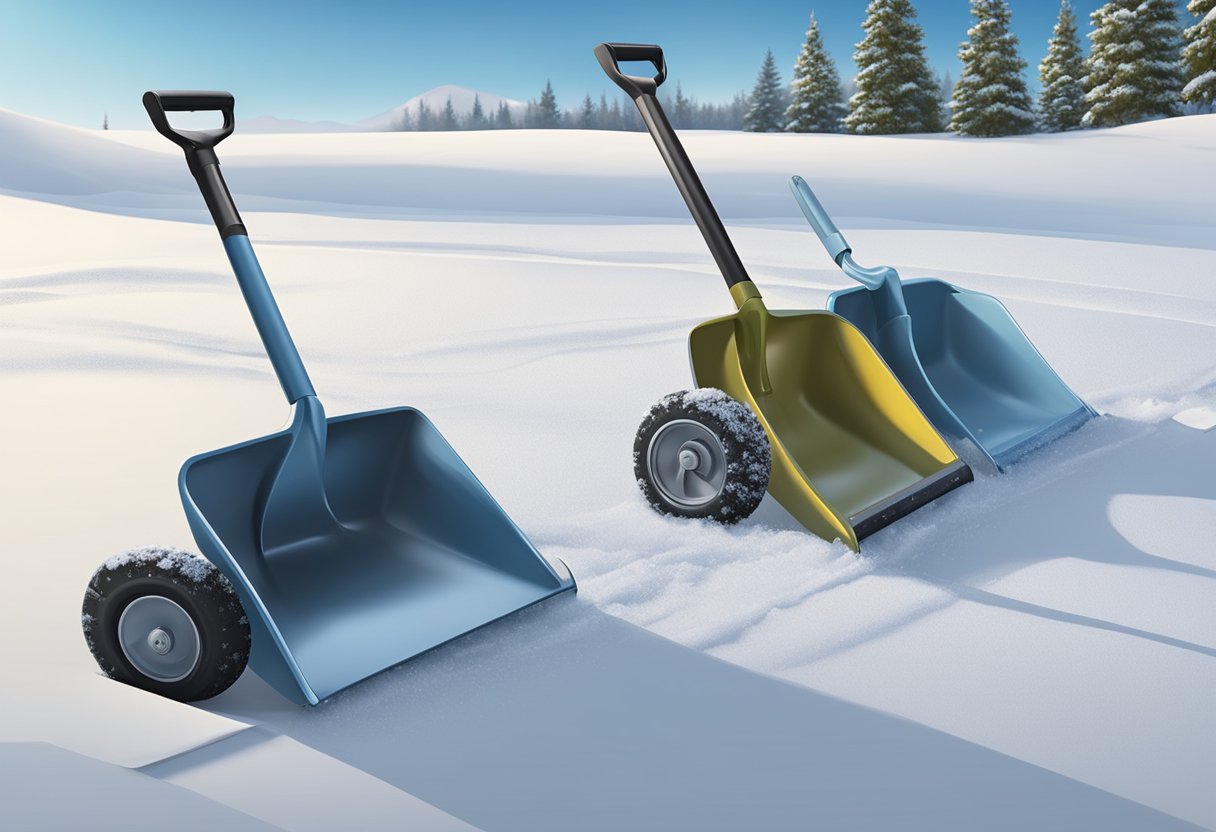All ropes are composed of multiple strands of fibers, either braided or twisted together in various ways.
There are two classifications of rope, twisted or braided, and all ropes fit within these two categories. Each rope design offers unique benefits and drawbacks, offering a range of options for various uses.
This guide will explore the features and uses of each kind of rope, highlighting the differences between styles.
Table of Contents
Differences Between Twisted and Braided Rope Table
| Twisted Rope | Braided Rope |
| 3 or more strands of fiber twisted together | 8-10 strands of fiber braided together |
| Less flexible | More flexible |
| Weaker than braided rope | Stronger than twisted rope |
| Easy to splice | Difficult to splice |
| More stretch | Less stretch |
| Tends to kink | Smoother feel |
| Less expensive | More expensive |
The Different Classifications Of Rope
Twisted
A rope that has been twisted was used historically by cave dwellers and currently by all of us for gardening, cooking, boating, and more.
Also known as laid rope, this rope, string, cord begins by twisting a fiber, such as hemp or nylon, together in the same direction. Then three strands are intertwined in opposite directions to balance the rope and ensure it stays together.
Twisted rope is easier to produce, making it less expensive and offers more stretch than braided styles, but it also tends to be stiffer and less flexible.
So twisted ropes are likely to kink when not handled properly.

Braided
Most braided rope is made with polypropylene and nylon fibers, although other materials such as manila hemp or steel will be the fiber of choice, depending on where the rope will be used.
Unlike twisted rope, a braided rope is braided; however, there are variations in the type of braid, which influences the strength and flexibility of the rope.
a. Solid braid
This type of rope consists of a complex braid with a filler core. Solid braided rope is used in interior design or other visual displays such as in theater productions.
The construction of this rope is long-lasting, maintaining its firmness and flexibility even with repeated use and demand.

b. Diamond braid
If you want a light rope that feels soft and smooth while also tough and sturdy enough to maximize durability, consider a diamond braided rope. This type of rope often includes a filled inner core for increased strength.

c. Hollow braid
Hollow braided rope comprises eight or more strands of fiber braided around a hollow space in the center. Its construction is similar to a diamond braided rope but without the inner core.
A rope with an open space allows it to be flexible and easier to cut, but the strength of this style of braid is weaker than the diamond braided rope.

d. Double braid
A double braided rope is another design that features an inner core. However, what sets this type of rope apart is that the inner core is also a braid, rather than twisted rope. Then the outer and inner braids are twisted in opposite directions to balance the rope.
The sturdy construction of the double rope makes it excellent at absorbing shock. Additionally, since this style is so tightly braided, it is also an easier braided rope to splice.

e. Kernmantle braid
The Kernmantle braid is a combination of twisting and braiding a cover, or the Kern, over a core, the mantle. The inner core in this rope is fiber bundles twisted together, maximizing firmness and flexibility.
The outer braided section, or mantle/sheath, encompasses the twisted core, providing extra durability. The inner fibers give this rope the majority of its strength and the Kernmantle rope is considered one of the safest rope constructions for a person to tie onto, due to its minimum breaking weight of 4500 lbs for a one person rope and high abrasion resistance.
It is imperative to always check your rope for any signs of wear, indentations and discoloration to ensure safety when using.

f. Plaited Braid or Square Braid
Plaited ropes have four strands of fibers weaved together around a solid core. This style is also known as a square braid.
Plaited ropes feel coarse but tend to be highly flexible without kinking easily and is ideal for knotting and handling but can be easily damaged.

g. Knit braid
This braid is created by knitting three strands and then braiding them together. This rope construction boasts high flexibility and durability but does not offer a lot of stretch.

Twisted and Braided Rope
Twisted rope is one method of rope construction, but many distinctive rope styles are composed of braids and twists.
By utilizing both techniques of rope creation together in various combinations, a rope can be designed for specific needs.
For example, climbing rope is a combination of both styles. Climbing requires a secure rope that has strength, flexibility, and durability. Therefore, most climbing ropes are known as Kernmantle ropes after the Kernmantle braid.
Where Is Twisted and Braided Rope Used?
As twisted and braided rope is available in many fibers, thicknesses, and weights, they are used in everyday life or for industrial or recreational purposes. For example, you will find them utilized in:
Crafts: macrame, beading, pet toys, jewelry, candle wicks
Cooking: tie up meat, hang spices
Recreational: boating, tent tie downs, tow ropes, tying and supporting plants, shelf support, rock climbing, parachuting
Industrial: Fishing nets, tie-downs, anchors, bridges
Which Is Stronger, Twisted, Or Braided Rope?
Rope strength is measured using minimum break strength or tenacity, which refers to how much load it will take before rope breaks.
Break strength is determined by multiple factors, including the specific braid or twist used to construct the rope, the material/fiber of the strands, and the width and length of the rope.
Below is a short video from our guide The Strongest and Weakest Types Of Rope
Twisted nylon rope outperforms braided nylon rope making twisted nylon rope an excellent option for when you need to maximize the strength capability of your rope.
However, it would be best to remember that some braided constructions offer more strength. Additionally, combining braiding and twisting increases strength and durability, like the kernmantle braid style.
How To Know Which Type Of Rope To Use?
What type of rope will depend on your specific use and requirements.
Before purchasing rope for your project, list which characteristics are most important to you, and then compare rope types that meet your needs.
For example, if you need a rope that offers high strength and durability, but does not need to be flexible, consider twisted, kernmantle, and plaited braid styles.
Final Thoughts
Braided rope tends to be more flexible, stronger, and smoother than twisted rope.
However, it can also be more challenging to cut and offers minimal stretch. Some of these characteristics are amplified or reduced depending on the specific braid construction.
While sacrificing sturdiness and flexibility, a twisted rope is much easier to splice and is cheaper to obtain than braided styles.
Each type of rope is unique to the situation where it is needed, so “one size fits all” rope does not exist. Make sure to select the rope best suited for your specific need or use.






